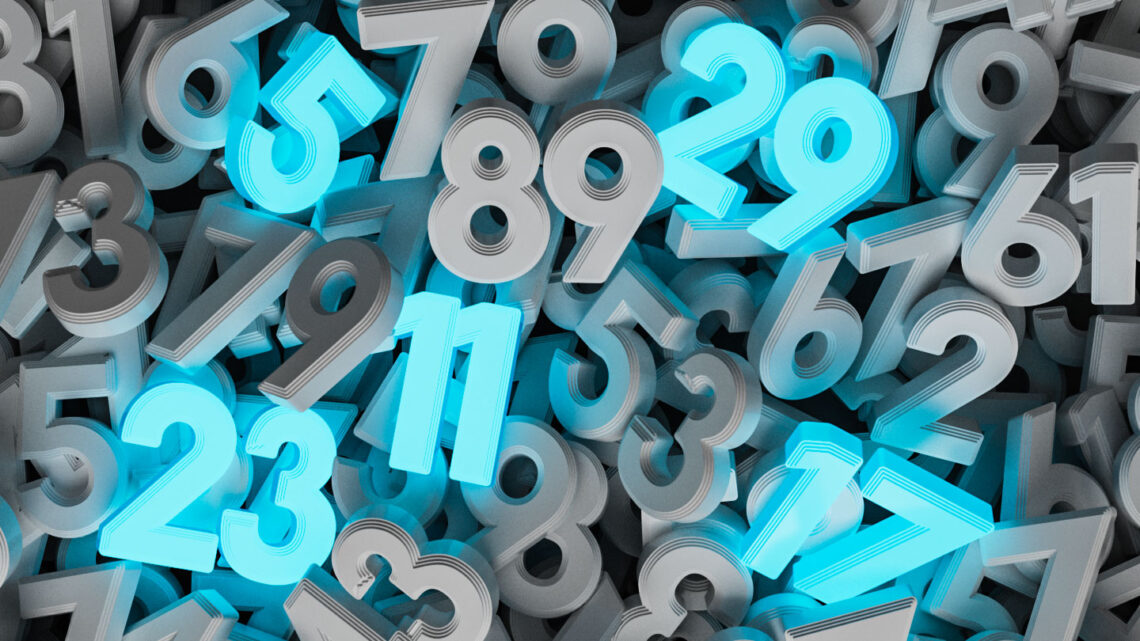Consider this sequence of numbers: 5, 7, 9. Can you spot the pattern? Here’s another with the same pattern: 15, 19, 23. One more: 232, 235, 238.
“Three equally spaced things,” says Raghu Meka, a computer scientist at UCLA. “That’s probably the simplest pattern you can imagine.”
Yet for almost a century, mathematicians in the field of combinatorics have been puzzling out how to know whether an endless list of numbers contains such a sequence, called an arithmetic progression. In other words, is there a way to be mathematically certain that a set contains a sequence of three or more evenly spaced numbers, even if you don’t know much about how the numbers in the set were selected or what the progression might be?
Progress on the question has been slow, even plodding. But last year, Meka and Zander Kelley, a Ph.D. computer science student at the University of Illinois Urbana-Champaign, surprised mathematicians by making an exponential leap. The researchers are outsiders in combinatorics, which is concerned with counting configurations of numbers, points or other mathematical objects. And the duo didn’t set out to tackle the mystery of arithmetic progressions.
Kelley and Meka were instead investigating abstract games in computer science. The pair sought a mathematical tool that might help them understand the best way to win a particular type of game over and over again. “I’m super-interested in a collection of techniques that fall under this umbrella called structure versus randomness,” Kelley says. Some of the earliest progress on arithmetic progressions relied on such techniques, which is what led Kelley and Meka to dive into the topic.
The mystery of whether arithmetic progressions will show up is just one of many mathematical questions related to order versus disorder in…
Read the full article here







